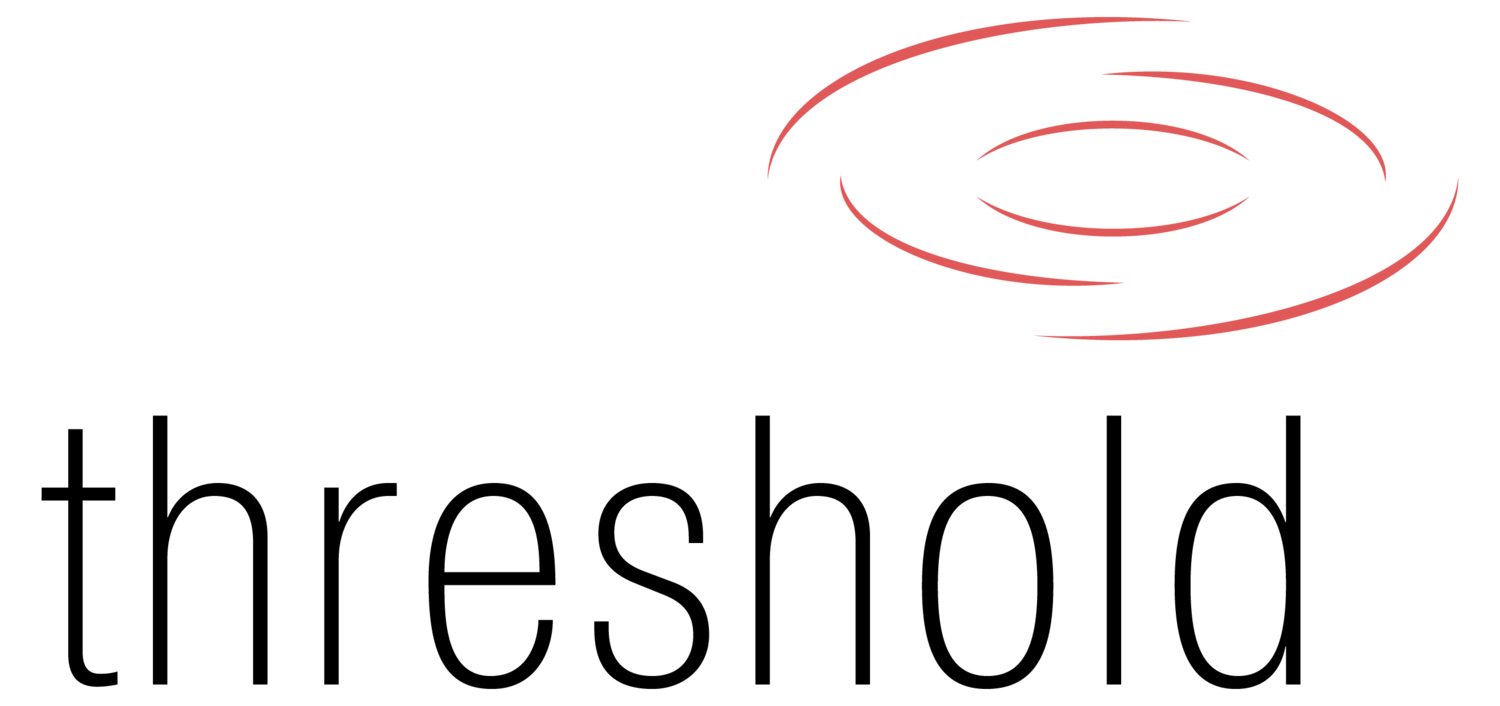Our approach reinforces the visual realm of architecture with the subtlety,
power, and delight that sound can bring to the built environment.
Analyze
We begin each journey examining the specific needs of the end-users. We rely on our knowledge built upon decades in the field and, just as we may look to the future for new technology to assist a project, we willingly look to the past for examples.
Translate
When it comes to discussing solutions for our clients, we show our work. We use all available tools during the design phase – computer and physical modeling, comparative auralization, digital analysis – and go one step further by correlating those tools with an evaluation by ear. We speak all the languages of actors, artists, engineers, and designers.
Experience
While the latest technology and best measurements can sound impressive in conversation, nothing replaces hearing the audience perspective. The listeners experience is the most nuanced, most important measure of success. Commissioning visits are essential in assisting the internal team to fine-tune a room.
Contribute
We believe in advancing the science of sound by sharing our research freely, so every audience can interpret their own sensory perception. Explore our archive for more studies.
We deliver thoughtful designs that bring together a holistic understanding of architecture, engineering and physics.
Our Services
Acoustics
From the warmth and familiarity of the finest concert halls to the sensory kaleidoscope of immersive media, great sound is achieved through collaboration of many disciplines that is steeped in awareness of the boundaries between science and art.
Our individual backgrounds in acoustics, music, mathematics, physics, engineering, and architecture help us collectively achieve excellence through an informed process of discovery and evaluation.
Because acoustics are intrinsic to architecture, not add-ins to a completed design, we help the Design Team make smart decisions oriented toward what the owners and users need and expect from their building. Basing our interactions in good will, candor, and respect have helped us build long-term relationships with our clients and collaborators.
Audio/Video
Thoughtful spaces require flexible Audio/Video systems that help them succeed as both rooms and venues, for presentation and conversation, as places for in-person presentation of ideas as well as their distribution and collaboration at a distance.
Audio and video technologies that were once confined to the world of performance venues are now pervasive in our everyday lives. Whether the technology itself is part of the show or subordinated to an immersive experience, the quality and clarity of sound and video remains paramount. We seek the highest quality of experience that delivers power, fidelity, and nuance for the everyday and the once-in-a-lifetime.
Spaces must now succeed as both rooms and venues, for presentation and conversation, as places for in-person presentation of ideas as well as their distribution and collaboration at a distance. They thus have theatrical demands: lighting, acoustics, AV technology, and even basic arrangement of the participants. We consider these demands holistically, as architecture, if the audio/video objective is a natural effect, a present conversation, near or far. This way technology acts as a window for participants, instead of an onerous barrier.





